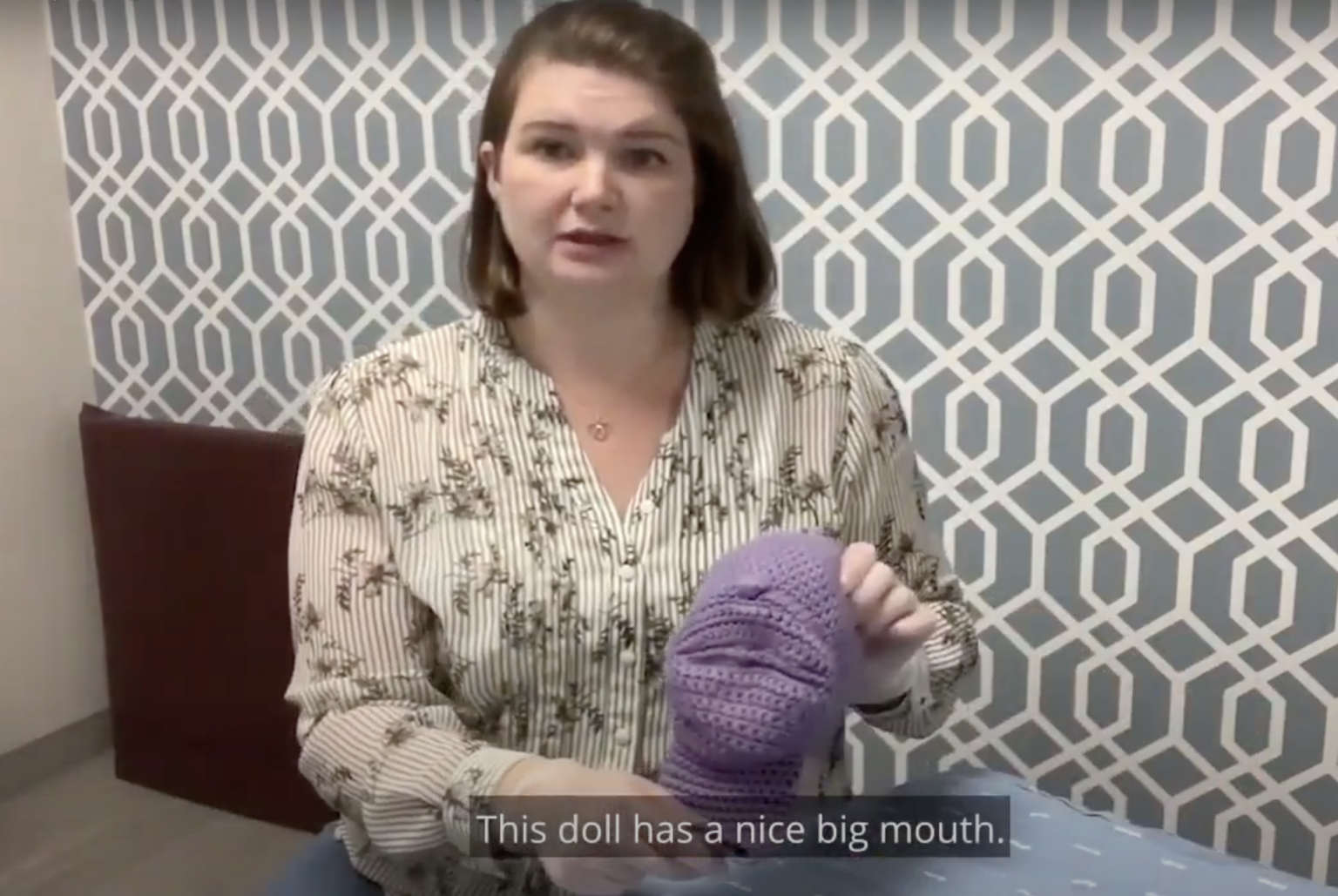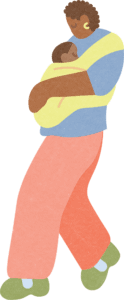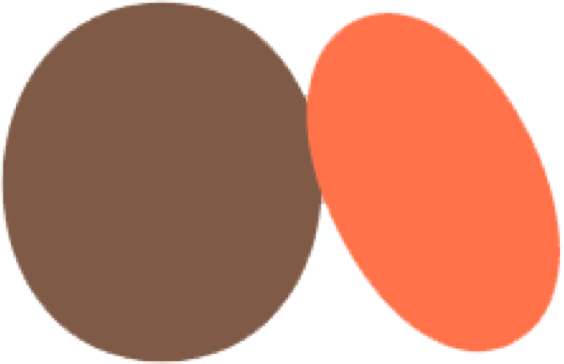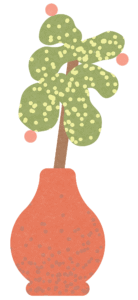Text Transcription
Hello, West End parents. My name is Taya Griffin, and I’m an Internationally Board Certified Lactation Consultant. I teach the prenatal breastfeeding classes at Oona, and I also see many moms at home. I’m here to talk to you a little bit about silicone pumps. I have here in particular, the Haakaa pump, which is available for purchase at Oona. These silicone pumps can be very handy and are an inexpensive way to pump your milk.
As I begin talking about pumping, I do though, want to let you know that pumping does not need to be synonymous with breastfeeding. We don’t need to pump. So don’t think that you need to purchase any kind of a pump before you give birth. However, there are some moms that are going back to work early. I’ll talk about some other advantages to using the silicone pump, or moms that might choose to want to pump to provide their milk to baby in another way, or who may need to exclusively pump.
But do know that you can have your breastfeeding journey without needing to pump?
So the silicone pump. How is it used? We can simply squeeze the container, place this on the breast, and then let go, and this should stay on the breast, of course, this is not true ductular structure, and this can help collect the milk. If you want to create a deeper suction, and this all will depend on different ductular structure, you can turn the flange section inside out, create a little bit of suction by squeezing the body, and then place this flange over the ductular structure. And you can see that if I had two of these silicone pumps, I might have been able to create a hands-free pumping solution, and, if walking around delicately, I might even be able to do this on the go. So lots of advantages to these pumps.
I want to first though, talk about one of the downfalls and one of the ways that I see moms using these pumps in home visits, which detracts from breastfeeding. What many moms are doing is they’re placing the Haakaa or the silicone pump on one side when baby is freshly hungry, and is going on the other. While it is marketed often in this way, and moms are using it in this way, what I do want to caution you against is that often, more often than not, babies need to be going more than one side. In other words, if you are placing the silicone pump on the other side, when baby is feeding from the first side, you are effectively removing milk out of the second side that baby might need. So I will always recommend to pump after a feed or if you’re very, very sure that your baby’s going to just take two sides. You might only add the silicone pump on the third side or the fourth side. So just a little caveat, that we actually want to wait until we finished a feed to begin to pump.
Some advantages of this pump, though. I’ve had some moms with extremely damaged nipples who find the double electric pump painful and actually damaging to the nipples, even on the lowest suction level. The silicone pump can provide comfort, and I had a mother who had one on each side, and being very conscious to massage and compress the breast, was able to yield the same amount with two silicone pumps as she did with her double electric pump, but with no pain. So it can be very handy for those situations where nipples are so damaged that the double or single electric pump hurt or continue to damage the nipples.
The Haakaa is an inexpensive way to pump. Double and single electric pumps can be fairly expensive. And so if pumping is just going to be an occasional situation in your breastfeeding journey, this can be a very cost-effective way to do it.
Another advantage is that the Haakaa can help you to get rid easily of blocked ducts. What you would do is you would fill the container with hot water, not too hot, of course, hot water all the way to the top so that when your breast went in, the tip of the nipple was touching the water. Then you would add about a cup of Epsom salts, and then place the breast in the hot water with the Epsom salts, make sure they’re mixed well, and you would affix the Haakaa to your breast, and many moms then with compression and squeezing find that that blockage is moved more easily and more comfortably through this system.
So, so many advantages to the Haakaa or the silicone pump, but a caveat to try not to use it on that second side when your baby is first feeding on the other. Best wishes, Happy New Year, and happy nursing.






